Personal Choices
Switching to renewable, clean energy is a big step in the right direction. But what can each of us do to reduce our negative impact on the environment? It starts with being aware of the choices we make every day.
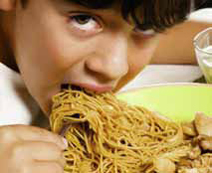 What did you have for dinner last night? Were any of the foods grown locally?
What did you have for dinner last night? Were any of the foods grown locally?
Think about the meals you've eaten in the last week. If you stopped for dinner at a fast-food restaurant, consider the containers and wrappers used to package your food.
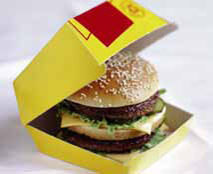 Some fast-food chains have taken steps to replace Styrofoam containers with cardboard boxes like this one. Elsewhere, eco-minded chains are taking it a step further by wrapping their sandwiches in uncoated paper that can go straight into the compost pile.
Some fast-food chains have taken steps to replace Styrofoam containers with cardboard boxes like this one. Elsewhere, eco-minded chains are taking it a step further by wrapping their sandwiches in uncoated paper that can go straight into the compost pile.
Once you finished eating, you put all of that packaging into the trash. Finally, sanitation workers dumped the trash in a landfill or burned it in an incinerator.
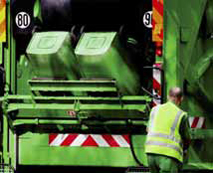 How much of your fast-food trash could have been recycled? Some of the other trash in this truck probably contains toxic metals. We need to start being more aware of the choices we make when we toss away our garbage.
How much of your fast-food trash could have been recycled? Some of the other trash in this truck probably contains toxic metals. We need to start being more aware of the choices we make when we toss away our garbage.
Now think about all the people on Earth generating the same amount of trash from their meals. Then add in all the disposable products we've come to rely on. Since the 1960s, the amount of solid waste each American produces has more than doubled.
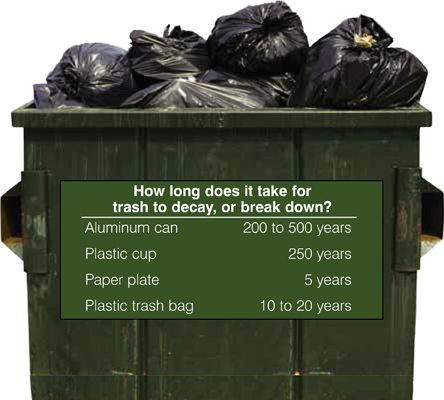
What if each of us made a personal pledge to cut down on disposable products? The impact could be huge!
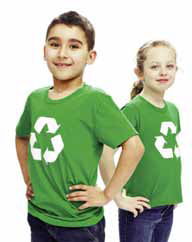
DID YOU KNOW?
Americans throw out 60 million plastic bottles every day. That's 694 per second! Plastic doesn't disappear over time. It becomes brittle and breaks into tiny pellets. When animals eat these pellets, they can become sick and die.
SOURCE: NATIONAL GEOGRAPHIC
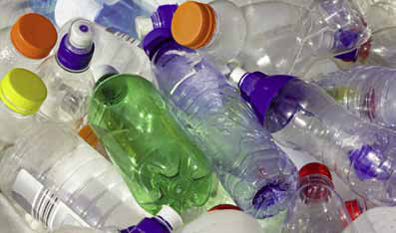
What can we do to reduce the amount of solid waste we generate? Some solutions are quite simple:
- When eating at a fast-food restaurant, take only the napkins, utensils, and ketchup packets you will use.
- Buy products that are sold with less packaging.
- Recycle, and buy recycled products.
- Use both sides of a sheet of paper.
- Send e-cards instead of paper cards.
- Use dishtowels instead of paper towels and cloth napkins instead of paper.
- Carry a refillable water bottle.
- Pack lunch foods in reusable containers instead of plastic bags, and replace throwaway paper lunch sacks with a lunch box.

Reducing our solid waste is the best way to protect the environment. But when we can't reduce our trash or find a way to reuse it, then we need to recycle it.
 That picnic table where you eat your lunch might have been made from recycled plastic. And those glass bottles? They could show up in beautiful new tiles decorating a kitchen or bathroom.
That picnic table where you eat your lunch might have been made from recycled plastic. And those glass bottles? They could show up in beautiful new tiles decorating a kitchen or bathroom.
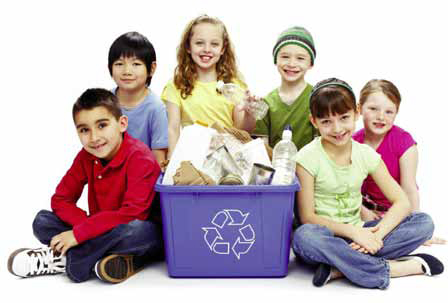 Not sure what to recycle? You can find out from the local government website in the city or county where you live.
Not sure what to recycle? You can find out from the local government website in the city or county where you live.
When we recycle, we turn things we can't use anymore into new materials or products. The Environmental Protection Agency estimates that 75 percent of our trash could actually be recycled. When companies make new products from recycled materials, not only do they keep trash out of landfills, but they also save energy. Aluminum can companies, for instance, use 95 percent less energy when they produce new cans from recycled materials.
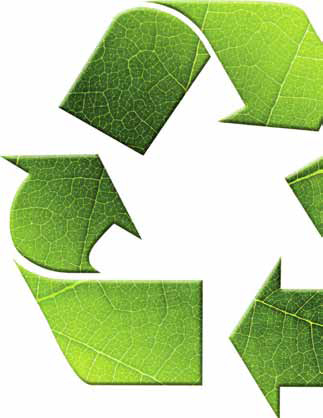
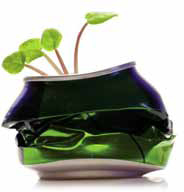 Take time to recycle. You're doing great thinks for the future!
Take time to recycle. You're doing great thinks for the future!
We rely on electronic products now more than ever. When we toss old and broken electronics into the trash, they end up dumped in a landfill or burned in an incinerator. At a landfill, the hazardous materials that make up the electronics find their way into our water supply. When trash burns in an incinerator, the toxic chemicals end up polluting our air.
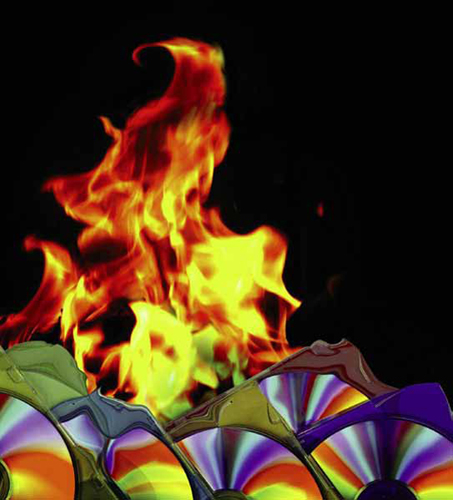
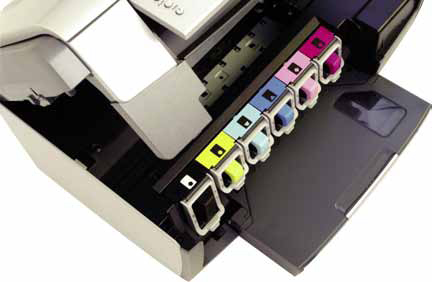 Did you know you can raise money for charities, schools, and other organizations by recycling old ink cartridges?
Did you know you can raise money for charities, schools, and other organizations by recycling old ink cartridges?
There are better ways to deal with our old electronics. Instead of tossing them into the trash, give them to an electronics recycler. When you replace an ink cartridge on your printer, be sure to recycle the old cartridge. Some companies include an envelope so you can mail the cartridge directly back to them. And never throw old batteries in the trash. Schools, libraries, and other government agencies will collect them for recycling.
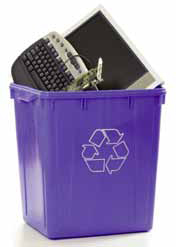
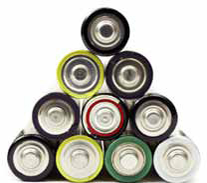 Americans buy more than 3 billion batteries each year. Make sure your family and friends know where to recycle them.
Americans buy more than 3 billion batteries each year. Make sure your family and friends know where to recycle them.
Additional topics
- Your Water Footprint
- A Shift to Clean Energy Sources - OTHER RENEWABLE ENERGY SOURCES INCLUDE:
- Other Free Encyclopedias